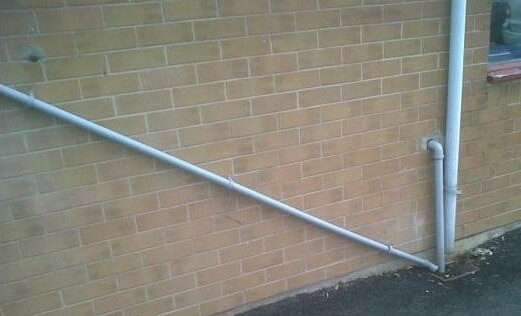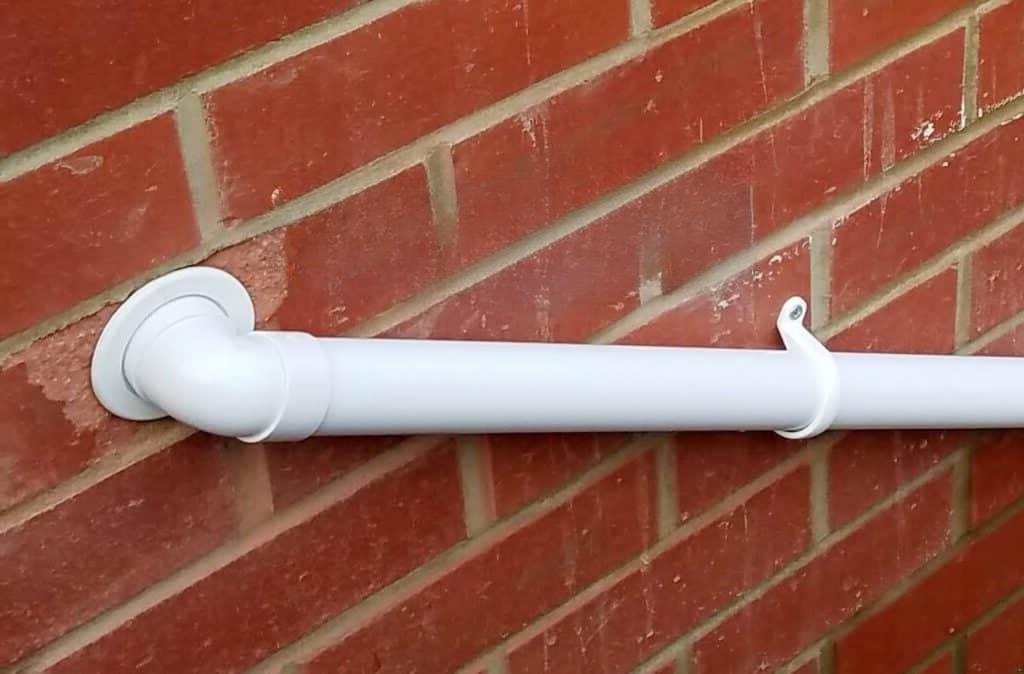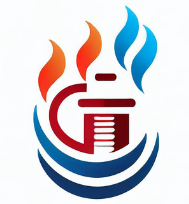
As a gas boiler owner in the UK, you may be familiar with the term “condensate pipe.” However, you might not know exactly what it is or why it is important. In this article, we will go into detail about the condensate pipe, including its function, common issues, and how to maintain it.
What is a Condensate Pipe?
A condensate pipe is a small plastic pipe that is typically located on the outside of your property, and it connects your gas boiler to the drainage system. The pipe’s purpose is to drain the condensate produced by your condensing boiler.
Condensing boilers are designed to be more efficient than traditional boilers by capturing and reusing the heat that would otherwise be wasted. This process creates a small amount of condensate, which is acidic and needs to be drained safely. The condensate pipe is typically made of plastic, as it is lightweight and resistant to corrosion.
Why is the Condensate Pipe Important?
The condensate pipe is an essential component of your gas boiler system, as it ensures the safe and efficient operation of your boiler. If the pipe becomes blocked, the condensate can back up into the boiler, leading to a shutdown.
Additionally, the condensate can cause damage to your boiler, potentially resulting in expensive repairs or even a boiler replacement. Moreover, the blockage of the condensate pipe can result in the water overflowing and creating damp spots, leading to the growth of mould, which can be a health hazard.
Common Issues with Condensate Pipes
One of the most common issues with condensate pipes is blockages. Condensate pipes can become blocked by a variety of things, including dirt, debris, and freezing temperatures. When this happens, the condensate cannot drain properly, causing a shutdown of the boiler.
Another common issue is the pipe’s positioning, as it can sometimes be too low to the ground, allowing dirt and debris to enter and clog the pipe. Additionally, the condensate pipe can become damaged due to wear and tear or accidental damage.
How to Maintain Your Condensate Pipe
To maintain your condensate pipe, you should regularly inspect it for signs of damage, such as cracks or leaks. You can also prevent blockages by keeping the area around the pipe clean and free from debris. Be mindful of any nearby trees or bushes that can grow and obstruct the pipe.
It’s also essential to insulate the condensate pipe during the winter months to prevent freezing, which can cause blockages and potential damage to the pipe. If you notice any issues with your condensate pipe, such as a blockage or damage, contact a qualified engineer immediately for assistance.
Positioning and Installation of Condensate Pipes

The positioning and installation of the condensate pipe are important factors that can affect its effectiveness and longevity. The pipe should be installed with a minimum fall of 1:80 towards the drainage system to ensure proper drainage.
Additionally, the pipe should be positioned at a height of at least 300mm above ground level to avoid dirt and debris entering the pipe. If the pipe is installed at ground level or lower, it can easily become blocked by leaves, twigs, and other debris.
During the installation process, it’s important to ensure that the pipe is properly supported to prevent it from sagging or becoming misaligned over time. The pipe should also be insulated to prevent freezing during the winter months, as this can cause blockages and potential damage to the pipe.
Cost of Condensate Pipes
The cost of a condensate pipe can vary depending on the type of pipe used and the length of the pipe required. In general, plastic pipes are the most common choice due to their lightweight, durability, and resistance to corrosion. The cost of a plastic condensate pipe can range from £10-£50, depending on the length and diameter required.
It’s important to note that the cost of a condensate pipe installation can vary depending on the complexity of the installation and the location of the pipe. A qualified engineer can provide an accurate estimate of the installation cost based on the specific requirements of your property.
Conclusion
In conclusion, the condensate pipe is an integral part of your gas boiler system, and it’s crucial to keep it well-maintained to avoid costly repairs or replacements. Regularly inspecting the pipe, keeping the surrounding area clean, and insulating the pipe during the winter months are all important maintenance steps.
By taking care of your condensate pipe, you can ensure the safe and efficient operation of your gas boiler system. If you have any questions or concerns about your condensate pipe, don’t hesitate to contact a qualified engineer for assistance.
